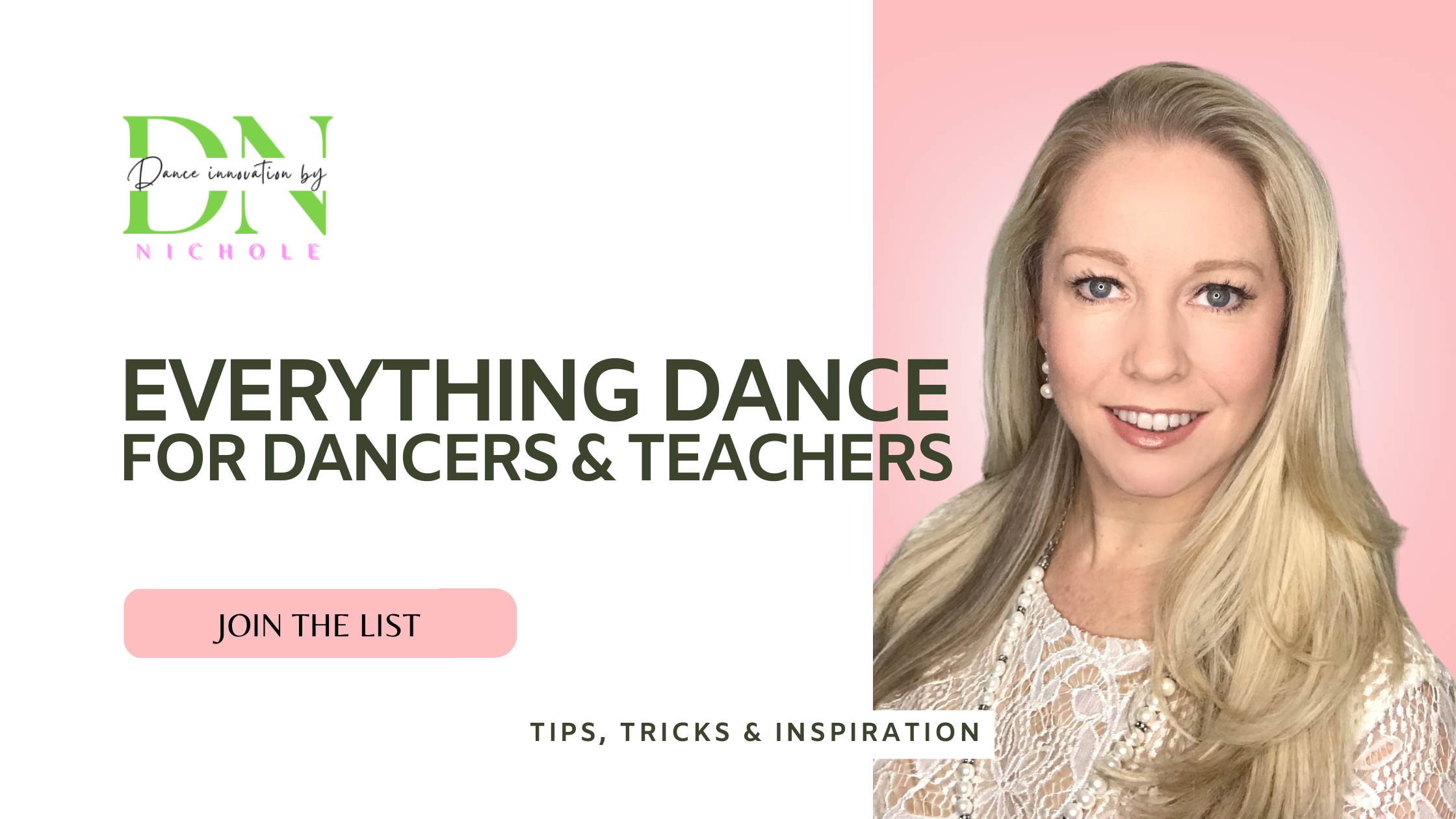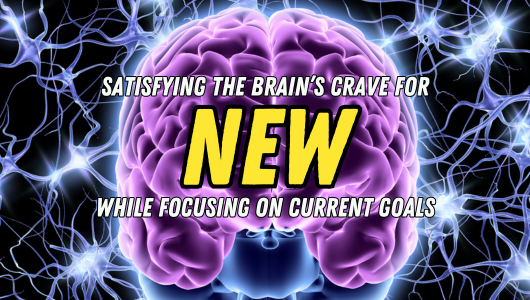In a world teeming with endless distractions, our brains are wired to seek out new experiences. This natural inclination for newness can be attributed to a neural reward system that releases dopamine, a neurotransmitter associated with pleasure and motivation, whenever we encounter something new or exciting. While this trait has been crucial for human evolution, encouraging exploration and learning, it poses a significant challenge when we try to focus on long-term goals.
Why Newness is Important for Dancers
- Maintaining Motivation: Dance requires consistent practice, which can become repetitive. Understanding how to keep the brain engaged is vital to maintain motivation and passion.
- Artistic Growth: Dancers need to be creative and expressive. New experiences can fuel creativity, leading to growth in artistic expression.
- Preventing Burnout: Constant rigorous training can lead to physical and mental burnout. Introducing new elements in training can keep the journey enjoyable and sustainable.
- Skill Enhancement: Exploring different aspects of dance within the same studio can lead to a more well-rounded skill set, as opposed to continually starting anew in different environments.
What Dancers Can Do Instead of Switching Studios
- Explore Different Dance Styles: Within the same studio, try out different dance classes or styles. This variety can provide new challenges and inspiration without the need for a studio change.
- Participate in Workshops or Masterclasses: Attending workshops or masterclasses can provide new perspectives, choreography, and techniques.
- Set Personal Challenges: Create personal goals or challenges, such as mastering a complex routine or improving a specific technique. These challenges can renew interest and focus.
- Collaborate with Others: Partner with other dancers for duets or group performances. Collaborations can bring fresh ideas and add a social, fun element to training.
- Mindfulness and Mental Training: Incorporating practices like yoga or meditation can enhance focus and rejuvenation. Mental training can also involve visualization techniques to enhance performance.
- Seek Feedback and Mentorship: Regularly seek feedback from instructors or mentors. Constructive criticism can open new avenues for improvement and keep training sessions engaging.
- Take on a Teaching Role: Sometimes teaching others can offer new insights into one’s own practice. It can also be a refreshing change of pace and a way to give back to the dance community.
While the craving for new is a challenge for dancers committed to the rigorous demands of their craft, it can also be an opportunity for growth, motivation, and renewal. By embracing this need for new experiences within the context of your current environment, dancers can continue to evolve artistically while maintaining the consistency necessary for mastery.

